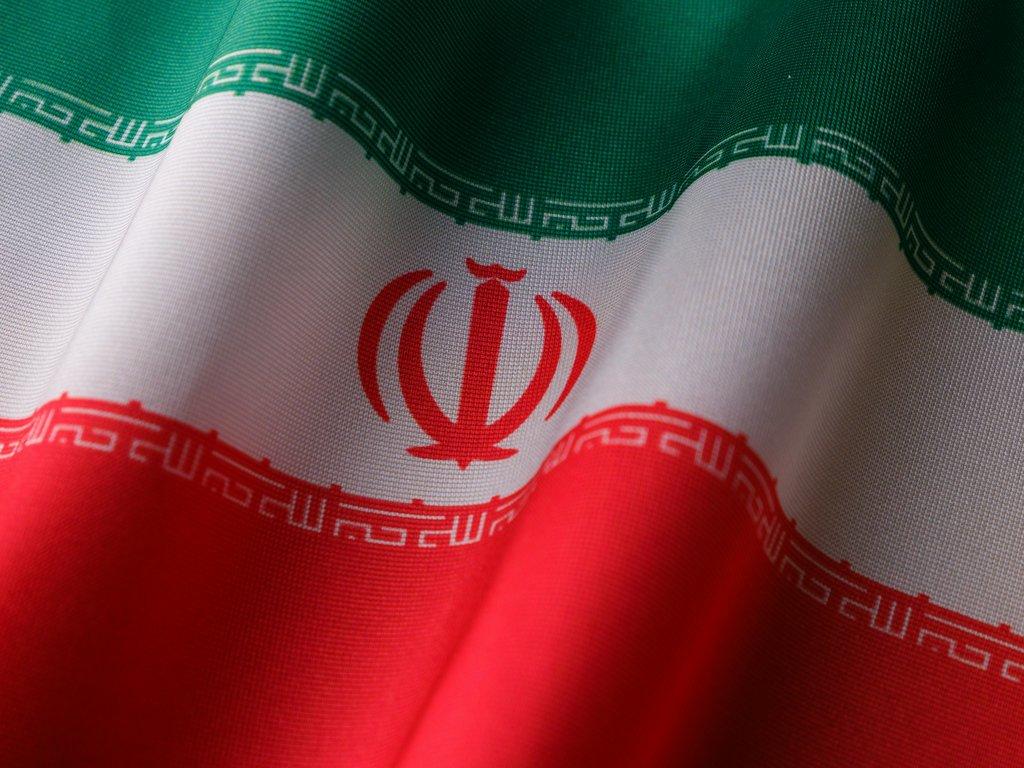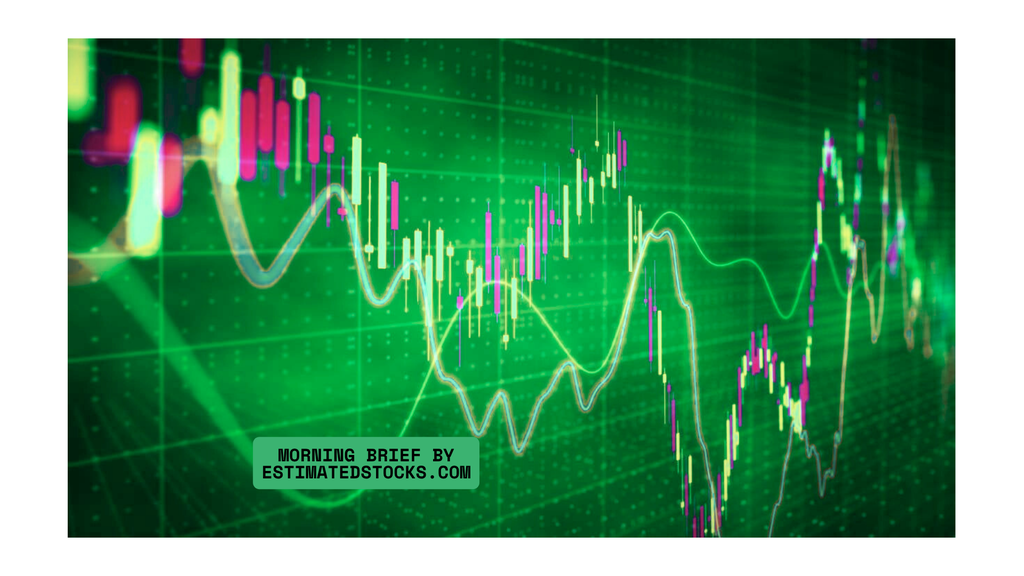
Israel-Iran war analysis: missile strikes, nuclear threats, global risks, and investment impacts. Stay informed on the Middle East’s escalating conflict.
✨ Introduction: Day 9 of the Israel-Iran conflict and the Middle East feels like it's sitting on a nuclear powder keg with a lit fuse. What started as a series of cross-border strikes has morphed into a dangerously unstable regional confrontation, with long-range missile exchanges, assassination of high-value targets, and serious international implications. Cities from Tel Aviv to Tehran have spent sleepless nights in bomb shelters, while world leaders are scrambling between Geneva summits and backchannel diplomacy. Even social media influencers have become accidental war correspondents, live-streaming their escapes from the escalating battlefield. In short: it's not just war, it’s geopolitical high-stakes theater.
✨ Macro Trends Breakdown:
The Good 🌟:
-
Limited Civilian Casualties in Israel: Despite multiple Iranian missile barrages, Israel's advanced multi-layered defense systems like Iron Dome, David’s Sling, and Arrow have intercepted a significant majority of incoming projectiles. The last wave saw millions of Israelis take refuge in shelters, but miraculously, no fatalities were reported. This high-tech defense shield is not just saving lives but also giving Israel strategic flexibility in counterattacks.
-
Continued U.S.-Iran Communications: Behind closed doors, lines of communication remain open between Tehran and Washington. While official negotiations remain frozen due to ongoing Israeli strikes, U.S. officials confirmed that messages are still being exchanged, hinting that both sides are keen to avoid total breakdown. The Biden-Trump policy mix of hard power and strategic ambiguity appears to be buying time—though how much, remains to be seen.
The Bad 💩:
-
Civilian Death Toll in Iran: Israeli airstrikes have devastated parts of southwestern Iran, including major cities like Ahvaz, Shiraz, and Qom. According to Iran’s Health Ministry, over 400 people have been killed, including women, children, and medical personnel. Civilian infrastructure—hospitals, media buildings, and universities—has sustained heavy damage. The international community is alarmed, with humanitarian groups calling for ceasefires to allow aid corridors.
-
Nuclear Sites Hit: Israel’s strikes have specifically targeted Iran’s nuclear infrastructure. Sites in Isfahan, Natanz, and Qom have been damaged. While the IAEA confirms there has been no radiological fallout yet, they warn that the degradation in nuclear safety is "extremely concerning." The destruction of a centrifuge facility in Isfahan marked the third such attack in nine days. These attacks not only cripple Iran’s civilian nuclear ambitions but also raise the specter of a broader nuclear emergency.
The Ugly 🤯:
-
Potential Escalation to Regional War: The conflict risks dragging the entire Middle East into chaos. Iran has directly threatened to strike Israel’s Negev Nuclear Research Center if hostilities persist. Meanwhile, the Houthis in Yemen have vowed to attack U.S. warships in the Red Sea if the U.S. sides militarily with Israel. Add Hezbollah, Shia militias in Iraq, and proxy forces in Syria into the mix, and we’re looking at a domino effect across multiple fronts.
-
Top Iranian Leaders and Scientists Assassinated: In the past week alone, Israeli forces have taken out multiple high-ranking Iranian figures, including Quds Force commanders Behnam Shahriyari and Saeed Izadi, and nuclear scientist Isar Tabatabai-Qamsheh. These targeted killings are strategic body blows to Iran’s military and nuclear leadership, but they also ignite nationalist fervor and harden Tehran’s stance against any negotiations. The risk of irrational escalation has never been higher.
✨ Investing Insights:
Sectors Poised to Outperform 💪:
- Defense & Aerospace: As tensions rise, U.S. defense contractors are seeing a surge in investor interest. Lockheed Martin (LMT), Northrop Grumman (NOC), and Raytheon (RTX) have all posted gains amid the conflict. Demand for advanced missile defense and drone tech is expected to rise, driven by U.S. allies seeking upgraded systems.
- Energy & Oil: Crude oil prices spiked by over 12% in the last week, with Brent hitting $92 per barrel. Concerns over potential disruptions in the Strait of Hormuz—through which 20% of global oil passes—have traders on high alert. Energy stocks like Chevron (CVX), ExxonMobil (XOM), and Halliburton (HAL) are riding the wave.
Sectors at Risk ⚡:
- Airlines & Travel: Airline stocks like Delta (DAL), United (UAL), and Lufthansa have seen declines due to fears of restricted airspace, increased fuel costs, and lowered travel demand. Insurance premiums for flights across the Middle East have also surged.
- Emerging Markets ETFs: Funds with exposure to the Middle East, including the iShares MSCI Emerging Markets ETF (EEM), are vulnerable. Regional instability affects currency values, sovereign risk premiums, and investor confidence.
✨ Biggest Risks Ahead:
- Radiological Disaster: The IAEA warns of potential nuclear contamination if strikes on facilities continue. A successful hit on a uranium enrichment site could lead to regional fallout with devastating health and environmental effects.
- U.S. Involvement: President Trump has given Iran a two-week deadline for negotiations. A U.S. military strike on Iranian nuclear infrastructure would escalate the conflict dramatically and could provoke retaliation across U.S. bases and allies in the region.
- Terror Retaliation: Iran-backed militias have already threatened to expand the conflict beyond traditional battlefields. Cyberattacks, embassy bombings, or coordinated strikes on Western interests are real possibilities.
✨ Final Take: Investment Strategy Recommendations 💡
- Defensive Posture: Allocate a portion of your portfolio to safe havens like gold (GLD), short-duration U.S. treasuries, and defensive sectors (utilities, consumer staples).
- Energy Play: Consider ETFs like XLE or direct investments in integrated oil majors. Geopolitical risk is supporting prices in the short term.
- Avoid Risky Zones: Stay away from Middle Eastern equities or any ETF with significant exposure to Iran, Iraq, or Israel. The risk-reward tradeoff is currently skewed.
- Stay Liquid: Maintain higher cash reserves to take advantage of volatility-driven dips or hedging opportunities.
✨ Conclusion: The Israel-Iran confrontation has entered uncharted territory, with new risks emerging daily. It's a clash of ideologies, interests, and power plays in one of the most volatile regions on Earth. For investors, caution is king. This isn't the time for reckless bets—it’s the time to hedge smartly, stay informed, and keep both eyes on the geopolitical chessboard. Because in the Middle East, what starts with a missile often ends with a market shakeup. 🧰🌎
🛡️ Legal Disclaimer: Research Integrity & Political Neutrality
EstimatedStocks AB is an independent financial research platform. This publication is intended solely for informational and educational purposes, with a specific focus on financial market evaluation, investment strategy, and geopolitical risk analysis.
We affirm that this analysis is non-partisan and conducted with rigorous neutrality, in line with industry standards for independent market research. It does not represent, endorse, oppose, or invalidate the actions, ideologies, or existence of any political entity, sovereign nation, governing body, organization, or individual.
All references to public companies, including names, ticker symbols, or performance data, are provided exclusively for illustrative analysis and do not imply affiliation, endorsement, or financial interest on the part of EstimatedStocks AB. Unless explicitly stated, EstimatedStocks AB is not connected to, endorsed by, or sponsored by any of the entities mentioned.
This research is produced for the benefit of the global investing community and is contextualized within the frameworks of portfolio management, macroeconomic forecasting, and strategic risk management. The inclusion of geopolitical events, scenarios, or strategic developments is intended strictly for analytical and forecasting purposes, and should not be misconstrued as advocacy, support, or repudiation of any political viewpoint.
In summary, EstimatedStocks AB operates with no political agenda or ideological affiliation. All content is created to support informed investment decisions and to provide clarity during times of global uncertainty.
Disclaimer
This publication does not constitute investment advice, a recommendation, or an offer to buy or sell securities. Readers are encouraged to perform their own due diligence or consult a licensed financial advisor before making any investment decisions.
All trademarks, logos, and product names (if mentioned) are the property of their respective owners and are used strictly for identification purposes.
Disclaimer:
The information provided in this article is for educational purposes only and should not be construed as investment advice. estima...
Author
Shaik K is an expert in financial markets, a seasoned trader, and investor with over two decades of experience. As the CEO of a leading fintech company, he has a proven track record in financial products research and developing technology-driven solutions. His extensive knowledge of market dynamics and innovative strategies positions him at the forefront of the fintech industry, driving growth and innovation in financial services.


